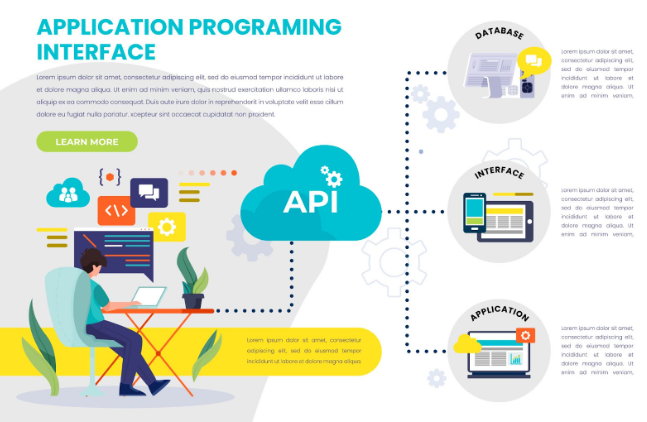Web applications are often the first target of hackers. Businesses cannot rely only on firewalls or scanners anymore. Web Application Penetration Testing is the most effective way to stay ahead of attackers. What makes it important today is not just the process, but how it is evolving with technology. New methods, tools, and compliance needs are shaping its future. In this blog, we will look at the latest trends in web application penetration testing that every business must watch:
AI and Machine Learning in Testing
AI is no longer a buzzword. It is already changing how Web Application Penetration Testing works. AI-pushed gear can scan faster, stumble on complicated assault styles, and examine previous statistics. This makes the process more accurate and less time-consuming. Businesses can expect testing tools that highlight not just vulnerabilities. But also predict the likelihood of exploitation. Pen testers will still play a role, but AI will increase efficiency and reduce manual effort.
Continuous Testing in DevSecOps
Software development today is fast. Updates and patches are released every week. A yearly or half-yearly web application penetration test is no longer enough. Continuous testing integrated into DevSecOps is the new standard. With automated pipelines, vulnerabilities can be identified during each release cycle. This reduces the risk of shipping insecure code and lowers the cost of fixing issues later. For startups and enterprises alike, continuous web application penetration testing is becoming a must-have.

Cloud and API Security
Maximum organizations now use cloud native applications, API’s, and microservices. This has expanded the attack surface beyond traditional web apps. Future Web Application Penetration Testing will focus more on API testing, container security, and serverless functions. Attackers often target APIs to steal data or gain access to systems. Businesses must ensure their penetration testing covers cloud workloads and third-party integrations. Ignoring this trend can leave dangerous gaps in security.
Compliance-Driven Testing
Regulations are getting stricter worldwide. GDPR, HIPAA, and PCI-DSS demand proof that web applications are tested for vulnerabilities. For many industries,
web application penetration testing is no longer optional. It is a compliance requirement. Future testing strategies will align directly with these regulations. Reports from penetration tests will help businesses during audits and reduce the risk of heavy fines. Compliance-driven testing also builds trust with customers who want assurance that their data is safe.
Risk-Based Testing
No longer do all weaknesses convey the same level of hazard. Fixing every small issue can drain resources. Businesses are now moving towards risk-based Web Application Penetration Testing. This means prioritising issues that have the highest impact on business operations. For example, a vulnerability that allows data theft is far more serious than a minor misconfiguration. Future reports will highlight risk scores, helping decision-makers act on what matters most.
Expanding Scope Beyond Web Apps
Attackers don’t stop at web applications. They exploit mobile apps, IoT devices, and even connected platforms like chatbots or AI tools. Penetration testing is expanding to cover these areas. Businesses must ensure that their digital ecosystem is secure. The future will see penetration testers focusing on API chains, cloud-native services, and cross-platform integrations.
Automation with Human Expertise
Automation is improving every year, but it cannot replace human creativity. Automated scanners can check for known vulnerabilities, but skilled testers think like real attackers. The future lies in combining both. Businesses will benefit from fast, automated scans backed by expert ethical hackers who provide context, strategy, and real-world insights. This balance ensures nothing critical is missed.
Preparing for the Future Success
Businesses that want to stay secure must prepare for these changes now. Key steps include:
- Integrating web application penetration testing into DevSecOps pipelines.
- Covering APIs, mobile apps, and cloud-native platforms.
- Using AI-based tools for faster vulnerability detection.
- Prioritising high-risk issues for remediation.
- Partnering with experts who understand both compliance and business needs.
The earlier a business adapts to these trends, the stronger its security posture will be.
Conclusion
The future of Web Application Penetration Testing is about speed, intelligence, and wider coverage. AI, automation, compliance, and risk-based strategies will define how businesses test their applications. Companies that adopt these practices early will gain stronger protection and customer trust. For every organisation, web application penetration testing is no longer just a security measure.
Spread the love